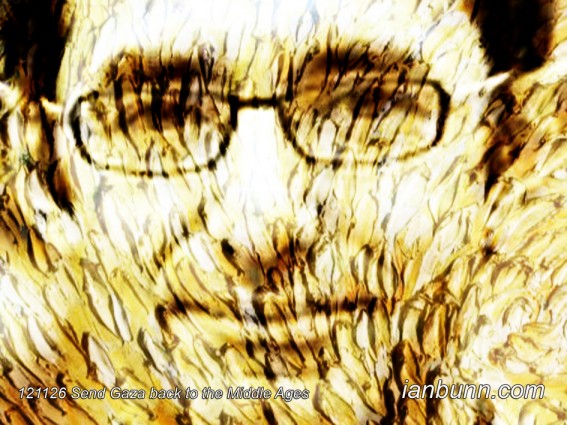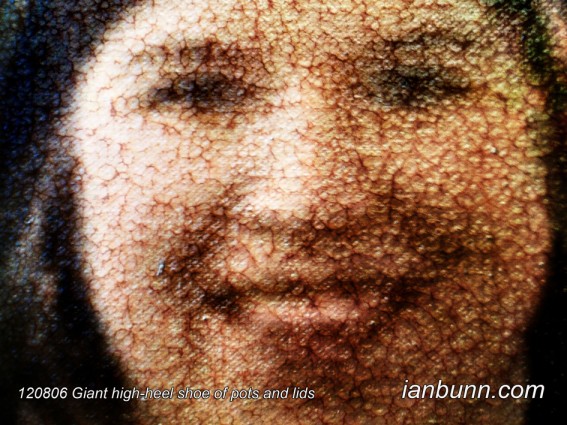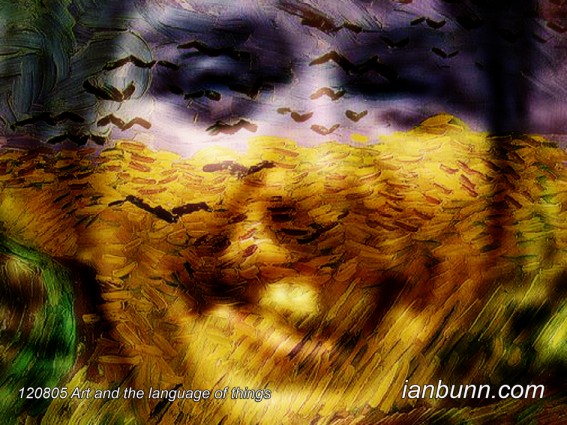 Send Gaza back to the Middle Ages (November 26 2012)
Send Gaza back to the Middle Ages (November 26 2012)
Michael Marder the Spanish Ikerbasque Research Professor of Philosophy has published an article on Aljazeera titled ‘Israel’s medievalism’ claiming calls to send Gaza “back to the Middle Ages” only reinforce Israel’s current state of medievalism. Marder states “In one of the most brazen and, at the same time, frank declarations to date, the Israeli Minister of the Interior, Eli Yishai stated regarding the war currently being waged on the Gaza Strip: “The goal of the operation is to send Gaza back to the Middle Ages. Only then will Israel be calm for forty years.” With these words, he revealed much more than the subtext behind the official reasons for the invasion, namely restoring Israel’s “deterrence capabilities” and destroying Hamas missile launchers. He also shed light on Binyamin Netanyahu’s vision of peace not as a relation among equals but as the calm of the defeated, the vision consistent with the use of war to bolster the Prime Minister’s domestic image as a tough, military leader in a run-up to his likely re-election in January 2013. Yishai’s Biblical allusions to forty years of wandering in the desert are not accidental. After all, his political party, Shas, is the utterly fanatical, religious faction in the Netanyahu government. Its ideal of Israel, too, is not very far from being medieval – a country where men and women would be segregated in public transport as well as in every area of public life, where freedom of religion would be a pipe dream, and where homosexuality would be deemed a plague “as toxic as bird flu”. In brief, both the domestic and the foreign policies of Yishai’s party are based on a venomous mix of anti-modernism, theocracy, religious parochialism, and disrespect for human rights.”
Inspired by Aljazeera ow.ly/fuDtu image source Michael Marder ow.ly/fuDji

